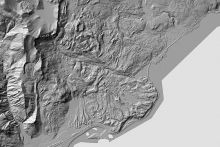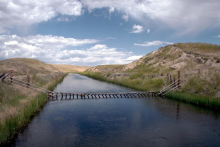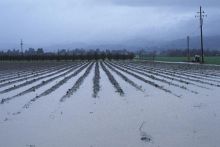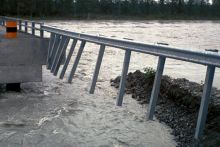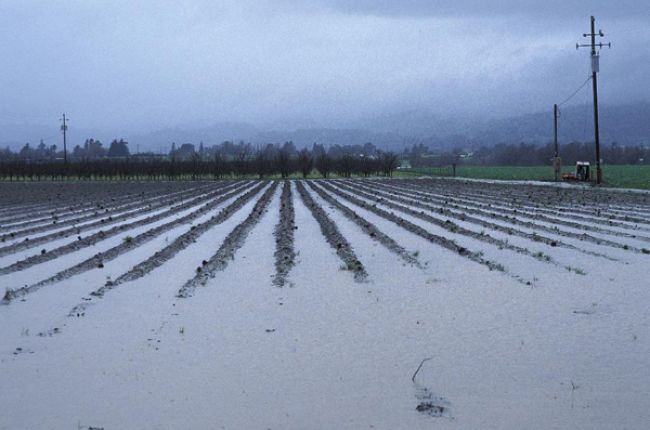
Information on this page was collected from the source acknowledged below:
"Flood predictions require several types of data:
- The amount of rainfall occurring on a realtime basis.
- The rate of change in river stage on a realtime basis, which can help indicate the severity and immediacy of the threat.
The National Weather Service (an agency within NOAA) collects and interprets rainfall data throughout the United States and issues flood watches and warnings as appropriate. They use statistical models that incorporate USGS streamflow data to try to predict the results of expected storms.
The USGS maintains a network of streamflow-gaging stations throughout the country."
Learn More:
- WaterWatch (Interactive Map), U.S. Geological Survey
Regularly updated map showing flood and high flow conditions for the U.S.
- Significant River Flood Outlook (Interactive Map), National Oceanic and Atmospheric Administration
Map showing flood likelihood with the option for state-specific information
- USGS Fact Sheet (Webpage), U.S. Geological Survey
Detailed information on mapping floods and the technology involved.
- The National Water Model (Webpage), National Oceanic and Atmospheric Administration
Information on the National Water Model, launched in 2016, which improves and expands flood and water-level forecasting for streams and rivers across the United States. Includes information on how to access and use the model data, and an interactive mapping application.
- Assessing, Mitigating, and Communicating Flood Risk (Webinar), American Geosciences Institute
2017 Webinar on flood risk assessment, mitigation, and communication efforts in the U.S. from national to state and local levels - includes many additional resources on flood risk in your area

